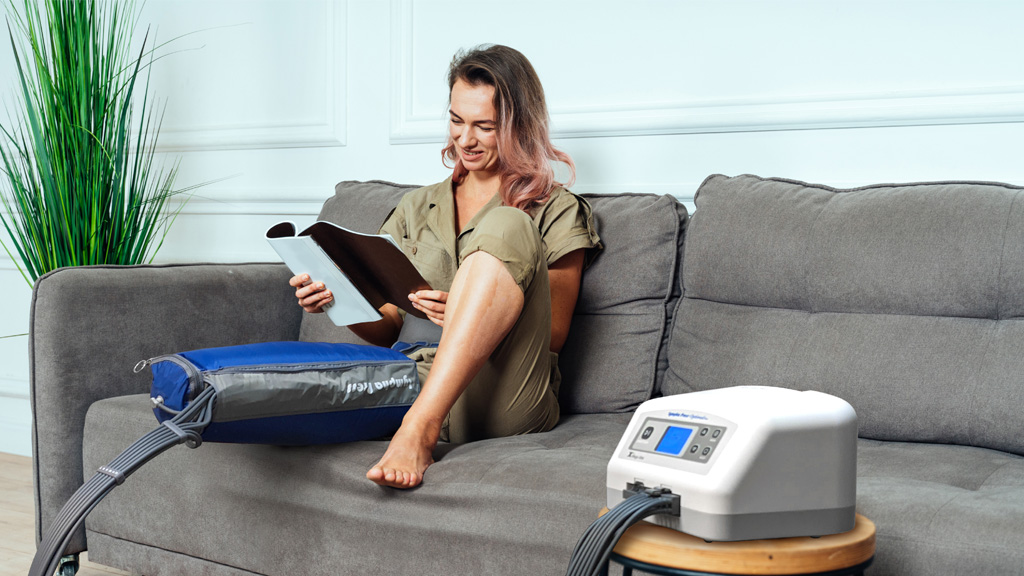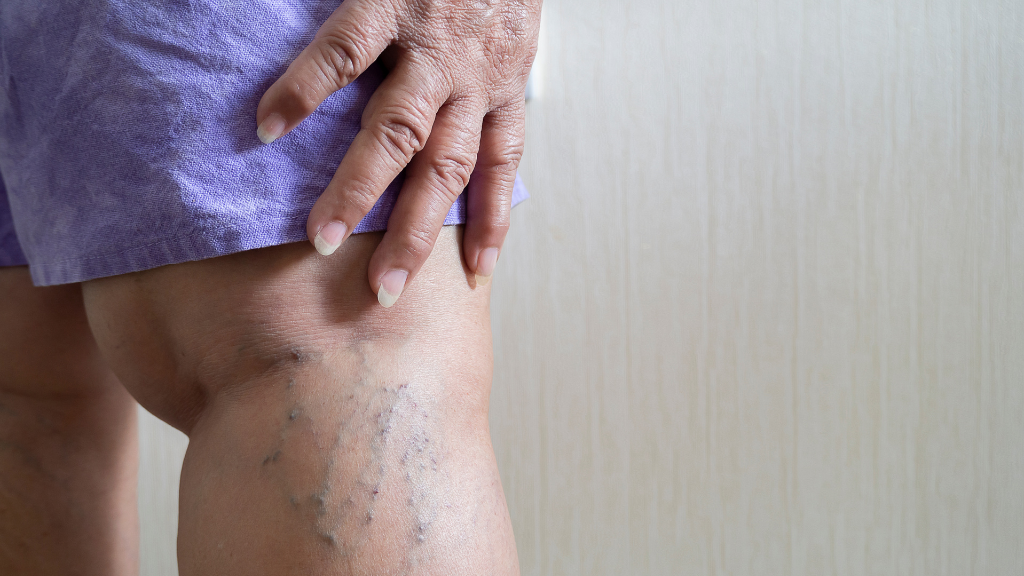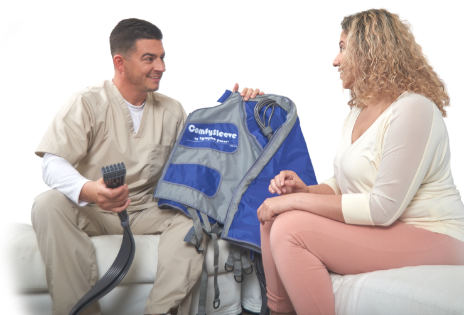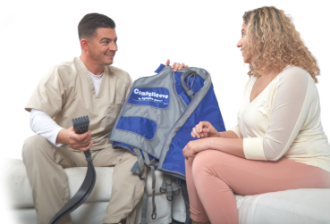More than 185,000 amputations occur in the U.S. every year, which means about 300 to 500 amputations are performed every day. Although some amputations are due to accidents and trauma, most arise from health conditions like diabetes, bone infections, and blood vessel disease.
Whether someone already has an amputation or is trying to avoid amputation, pneumatic compression devices offer supportive therapy in the comfort of home. Compression provides the gentle but firm pressure needed to promote vital blood and fluid flow.
Let’s look at how pneumatic compression benefits people with a variety of health circumstances, including people with chronic diseases, people with amputations, and America’s veterans.
Pneumatic Compression Leads to Positive Outcomes
A pneumatic compression device helps someone manage their health condition, particularly if they have or are facing an amputation. After the garment is donned, a pressure sequence that mimics the massage of manual lymph drainage helps move lymph..
Compression supports positive health outcomes both before and after amputation. Even for someone in the advanced stages of a disease, it can be used to stave off amputation as part of an overall chronic disease management plan developed with the help of a doctor.
For example, compression helps treat venous insufficiency by preventing venous stasis ulcers, or open wounds that occur due to the strain of fluid overload. By taking a proactive approach and using a pneumatic compression device at home, the patient keeps an ulcer from forming and avoids a life-threatening or limb-threatening infection.
Pneumatic compression brings benefits like:
- Restoring arterial blood flow
- Promoting blood flow in limbs with arterial blockages
- Reducing edema
- Easing intermittent claudication
- Preventing foot ulcers
- Preventing arterial ulcers
- Preventing critical limb ischemia
When used regularly as instructed by a doctor, a pneumatic compression device can help someone with peripheral arterial disease (PAD) manage their condition and prevent it from worsening. Compression also has a strong track history with treating lower extremity arterial disease and avoiding at-rest pain, which is common in people with circulatory/arterial damage.
Protecting the Health of Our Nation’s Veterans
Did you know that the majority of U.S. veterans who have amputations also have chronic diseases? Diabetes mellitus and peripheral vascular disease are common in our nation’s veteran population and both are risk factors for amputation.
Government statistics show that among veterans, about 24% have diabetes and 33% have cardiovascular conditions including vascular disease. Without proper care, these chronic diseases can lead to limb amputation, primarily in the feet and legs.
That’s why the Veteran’s Administration makes podiatric medical services a priority in veterans’ healthcare through the PAVE (Prevention of Amputation in Veterans Everywhere) program. PAVE works to avoid or delay amputation through education and preventive care.
The National Institutes of Health (NIH) studied the impact of early detection and preventive care in limiting amputation among the U.S. veteran population. They found that with routine appointments and interventions like those established in the PAVE program, veterans saw measurable health benefits.
One NIH study found that consistent preventive foot and leg care in veterans can “minimize complications such as foot ulcers, and ultimately, lower limb amputations.” In the study, proper diabetic foot management reduced amputations by 47.4% and hospital admissions by 37.8%.
How to Learn More About Pneumatic Compression
There are many options for in-home pneumatic compression devices that address a wide variety of health conditions. Innovative new compression devices can be selected according to the condition they target and custom-fitted to your body, which is particularly helpful for people with amputations.
There’s a groundbreaking new product for those with amputations: The Lympha PressⓇ Optimal Plus Customizable Amputee Sleeve. It reduces swelling, soothes pain, supports wound healing, and adjusts to each person’s body for a custom fit.
For someone with an arterial condition, the Art AssistⓇ Arterial Pump promotes restorative blood flow. More than 60 clinical studies support the use of this device for inducing the necessary physiological effects to treat arterial disease, intermittent claudication, and critical limb ischemia.
Plus, many other compression devices in the Lympha PressⓇ line address additional health conditions like edema, lymphedema, lipedema, and venous insufficiency. The devices are backed by decades of clinical studies that show their positive impact on people who have a wide variety of health challenges.
If you’re a healthcare professional or someone who needs assistance with selecting a pneumatic compression device for at-home use, contact Lympha Press. For more than 40 years, Lympha Press has been the leading provider of top-quality compression pumps in the world. To learn more, please view our product gallery or contact us at 1-800-734-0422.








